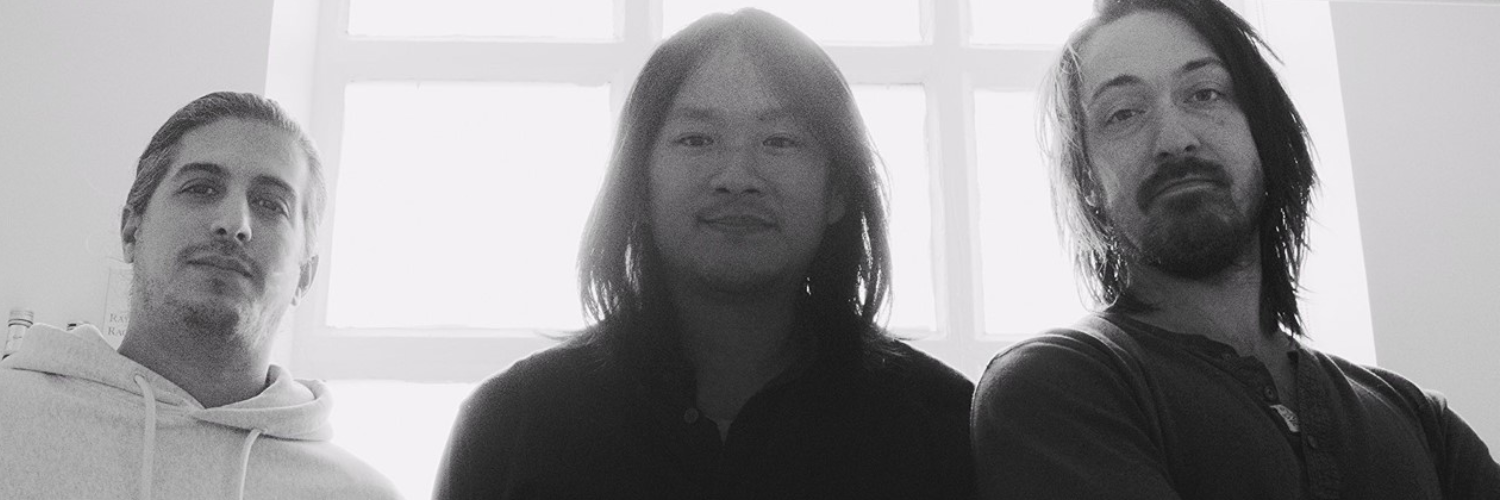
Julien Chheng, director and co-creator of La Cachette studio
Graduating from GOBELINS Paris in 2010 with a degree in "Animation Film Design and Production", Julien Chheng began his career as a 2D animator, first on "Titeuf", then on the first part of "Ernest et Célestine". He also created "La Cachette", his own animation studio, with two other alumni of the school, Oussama Bouacheria and Ulysse Malassagne. Now a director, he was nominated at the César Awards for "Ernest et Célestine, le voyage en Charabie", which he co-directed with Jean-Christophe Roger, in the "Best animated film" category.
You took a training course in visual development at Disney in Burbank shortly after graduating. Can you tell us more about it?
Disney recruiters visited the school at the time of the Annecy Festival to identify potential candidates for the Talent Development Program, open to recent graduates from all over the world. They strongly advised me to apply for Visual Development.
I was working at Neomis as a 2D character animator on the film Titeuf when I heard I'd been accepted. As the studio's culture is very much in the Disney tradition, it really touched me to see my supervisors and studio management congratulating me and encouraging me to go.
I left for Burbank in November. Every Friday, the studio organized an "Inspiration" screening for the artists, with a selection of short films, clips and exercises in various animation techniques, to keep the teams abreast of what was being done in the world and to stimulate them artistically. There were a lot of GOBELINS films (graduation films, exercises or Annecy credits...)! I really got a sense of the influence that students' work can have on major studios abroad.
It's also one of the reasons why I decided to return to France at the end of the six-month training course. I wanted to try and put what I had to offer at the service of French or European animation and develop original projects!
You co-founded La Cachette studio with Gobelins alumni Oussama Bouacheria and Ulysse Malassagne in 2014.
When we returned to France from Disney, the idea of setting up our own studio was born with the former classmates from our graduation film Le Royaume. At the time, we had noticed that productions were either very commercial or very "niche", and that opportunities to pitch original stories were limited within the studios.
We started out as a collective before becoming a full-fledged company in 2014. Between the fantasy of working together again and the studio's administrative set-up, there were only three of us left: Oussama Bouacheria, Ulysse Malassagne and me. Our dream was to produce our own 2D creations, from design to storyboard to final animation.
Our best-known projects in recent years are probably our participation in Season 1 of Love, Death and Robots for Netflix, and above all our work on the multi-Emmy Award-winning series Genndy Tartakovsky's Primal, which tells the incredible, bestial and sensitive adventure, without dialogue, between a prehistoric man and a T-Rex, broadcast on Adult Swim.

Primal
You moved into directing with the "Ernest et Célestine" series, then the film "Ernest et Célestine et le voyage en Charabie" after working as an animator on the first opus directed by Benjamin Renner in 2012.
Having recently returned to France, I was lucky enough to be asked to join the animation team for the film Ernest et Célestine, made up largely of young animators with very little feature film experience. The demanding quality of the animation, the style of line and the narrative quality of the project made a lasting impression on me, and also influenced the way we later worked at Studio La Cachette. Ulysse and I had just come off the production of Ernest et Célestine when we founded our studio.
In 2015, the producer of the film Ernest et Célestine, Didier Brunner, called me to propose co-directing the series with Jean-Christophe Roger. My name had been recommended to him. The challenge was a perilous one, since the budget for a series doesn't allow us to meet the same high standards we'd set for the film in 2D. So it was decided that the series would be produced in 3D animation rendered in 2D. I wanted to take up this challenge for my first directing experience, because I love the world of Ernest & Celestine and all the creative possibilities it offers, and I had an experienced co-director by my side to support me.
In 2020, when Didier asked me to direct a new feature film with Jean-Christophe, we all decided to stick with traditional 2D, and Studio La Cachette was even involved in making the layout posing and half of the film's animation, alongside Studio Fost.
The narrative setup of the story was very difficult to make work, as it's a film that raises many themes, with many characters. We strove to make the relationship between Ernest and Célestine palpable, tender and rich on several levels. These characters, conceived by Gabrielle Vincent, a very libertarian and unconventional author, have a rather blurred relationship; they can be seen as best friends or as lovers or as parent and child. For me, they're a bit all of the above, which makes for an extremely cinematic and endearing duo!
This first experience in feature film directing was extremely intense, and taught me a lot, both humanly and artistically.
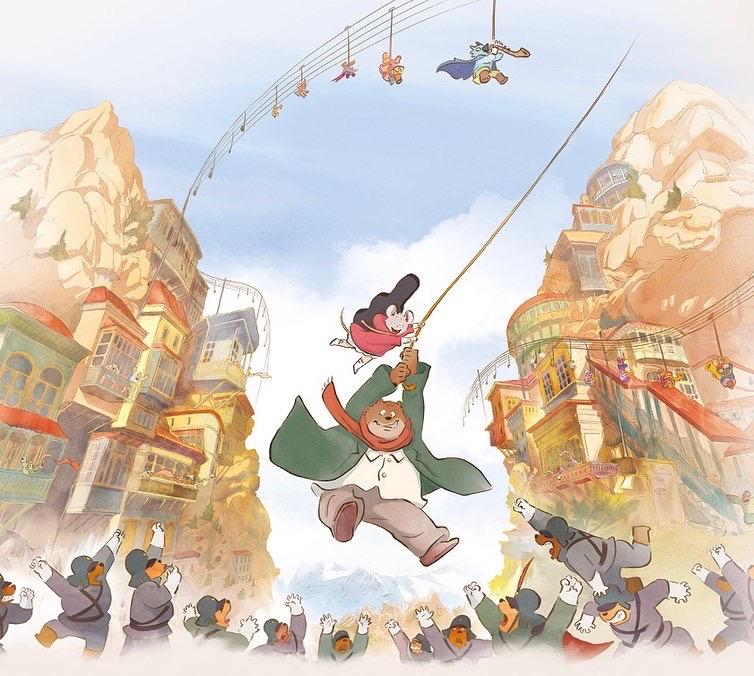
Ernest and Celestine: the trip to Charabia
You were also nominated for a César in the "Best Animated Film" category for the film. Is this a real accolade for you?
It's a first for Jean-Christophe and me, so we're relishing the honor! The concept of a competition between such different films seems a little abstract in itself, but in any case we're very happy to represent one facet of the great diversity offered by French animation! I also hope to see more and more original, non-adapted stories represented in future nominations!
You've directed an episode of the Star Wars Visions volume 2 series, which will be released in May on Disney Plus. Can you tell us more about it?
No, unfortunately not! But it will be revealed soon! All I can say is that Lucasfilm is truly honoring us, and we're very proud to be working on behalf of Studio La Cachette on this wonderful project, to have created this story and these characters, invented for this mythical universe. It's all been done with a lot of passion, a lot of pressure, and a lot of freedom!

Star Wars Visions
What project are you currently working on?
On several, to keep it that way!
I'm currently working on the production of the series Le Collège Noir, directed by Ulysse Malassagne, which will be our first delegated production with Studio La Cachette.
I'm also keeping an eye on several projects currently in development at the studio, which will enable us to get the ball rolling for several studio artists who want to move on to directing.
And finally, I'm in the middle of storyboarding my next film, currently called MU YI, which will also beour first feature-length delegated production with Studio La Cachette.
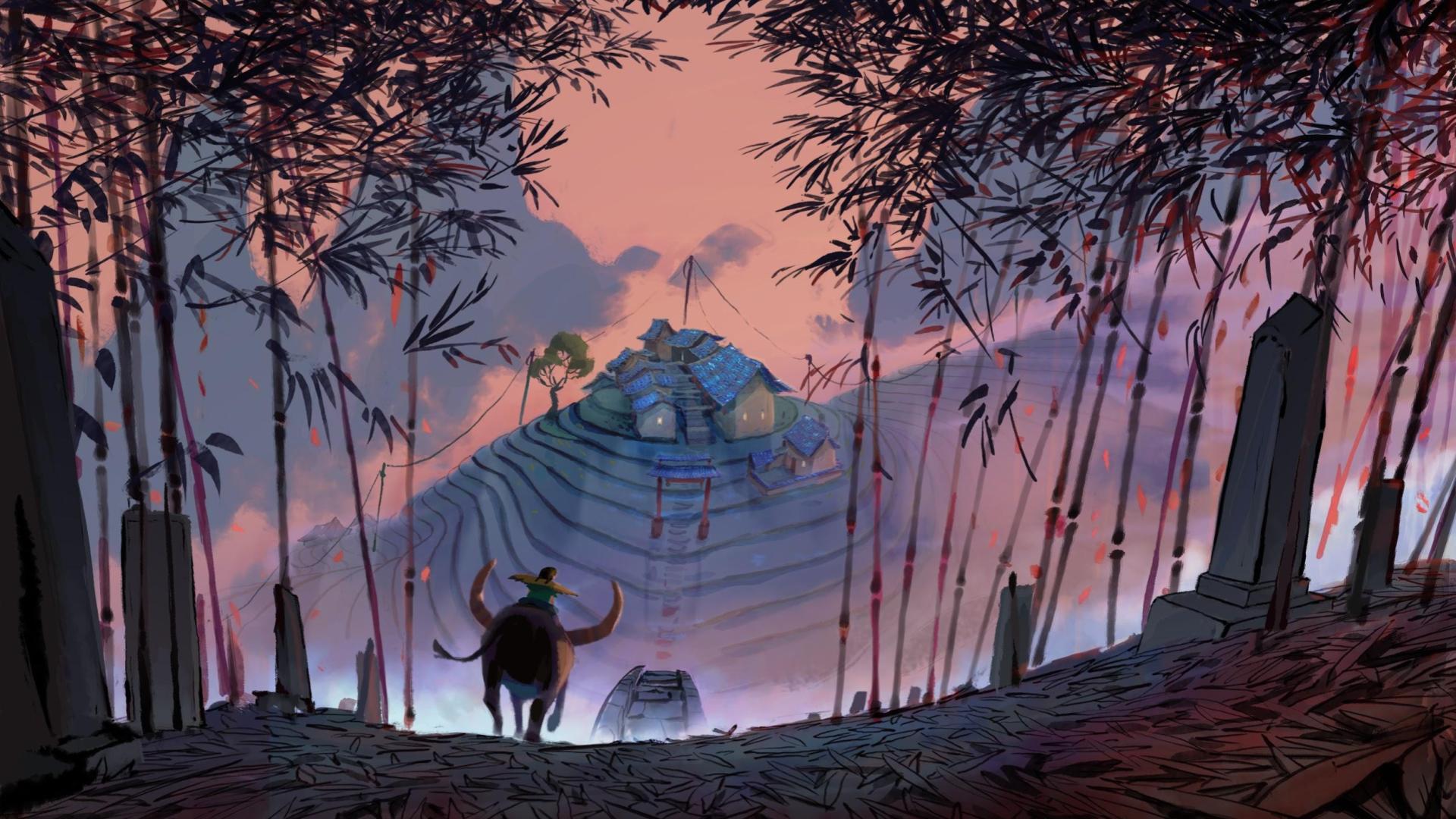
MI YU
Do you regularly work with GOBELINS alumni?
Yes, absolutely! Every year, we take a close look at the work of students who have just graduated or are in the process of completing their studies!
We receive a lot of unsolicited applications from GOBELINS and other schools, for internships too. GOBELINS alumni are naturally very present in our teams.
The technical quality and artistic sensitivity of the school's students make them excellent candidates for any series or feature film project.
Can you tell us a good memory of GOBELINS?
There are many, but what will remain most memorable for me is the memory of the first line tests, during which you discover the magic of animation for the first time, as if you were opening Pandora's box.
It's a feeling that stayed with me and that I still try to recapture in my work today.
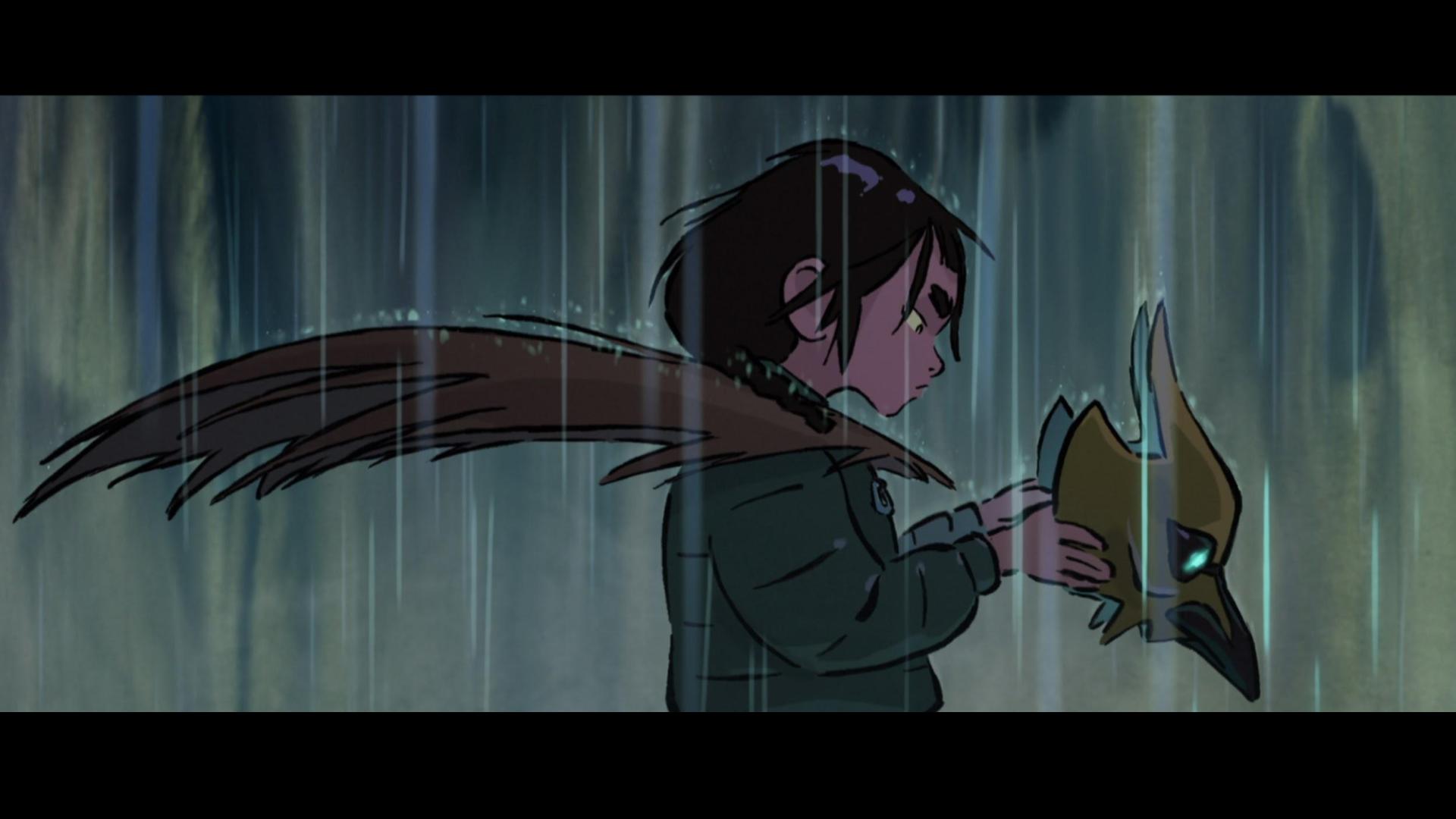
MI YU
What advice would you give to a recent graduate?
The difficult part is that graduates have to assume a dual status. Highly anticipated for their own qualities, and at the same time parachuted into projects with teams who want to train them, it's sometimes a difficult balance to strike.
That's why it's important to always remain flexible artistically, to understand expectations, to take pleasure in your work, to communicate with others, not to hesitate to take risks, not to be afraid of failure, to accept criticism of your work as much as the responsibilities you can quickly be entrusted with when your work deserves it.
In short, you need to be aware that whatever you do when you leave, one experience will lead to another, and that everything you dream of will eventually come to you, as long as you show yourself to be motivated, flexible and pleasant.
Interview by Sophie Jean

 7
7









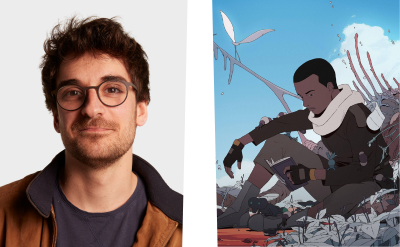

No comment
Log in to post comment. Log in.